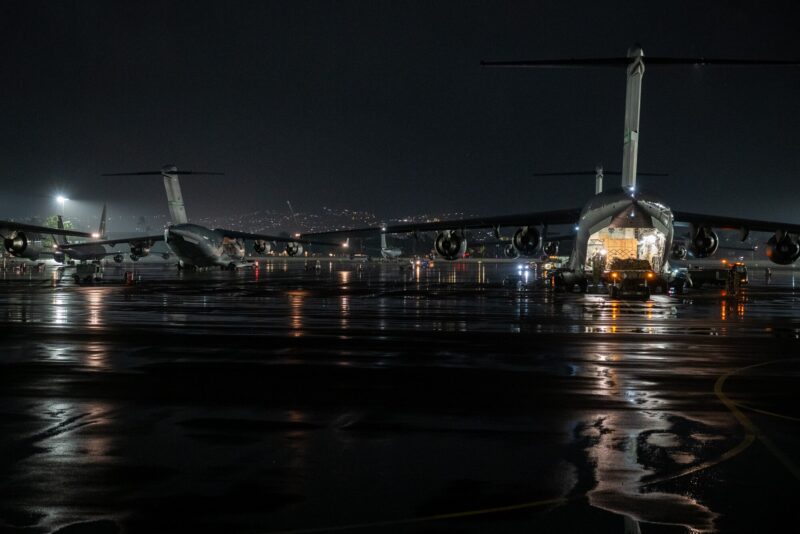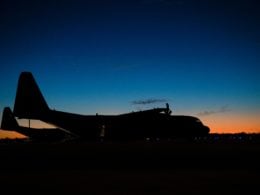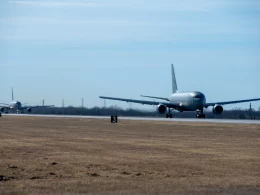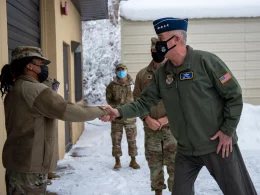JOINT BASE ELMENDORF-RICHARDSON, Alaska —
On October 15, 2024, the 7th Expeditionary Airlift Squadron executed Joint Forcible Entry 2, marking the largest JFE operation to date. This critical mission involved the transportation of the 11th Airborne Division from Joint Base Pearl Harbor-Hickam, Hawaii, to a designated simulated combat zone in Alaska. The operation demonstrated rapid deployment capabilities and reinforced the U.S. Air Force’s commitment to readiness in the U.S. Indo-Pacific region, as part of the broader Joint Pacific Multinational Readiness Center 25-01 exercise.
This JFE mission was a joint effort, combining the capabilities of U.S. Pacific Air Forces, Air Mobility Command, the Hawaii Air National Guard, and the Royal Australian Air Force. The exercise emphasized interoperability, allowing U.S. and partner forces to train together and enhance their ability to project combat power across vast distances.
A week prior, on October 7, 2024, JFE 1 took place, bringing the 11th Airborne Division from Joint Base Elmendorf-Richardson, Alaska, to Hawaii Island. This seamless transition between simulated combat zones underscored the strategic mobility and joint force integration necessary in today’s dynamic operational environment, bolstering readiness and multinational cooperation during JPMRC 25-01.
During JFE 2, the 7th Expeditionary Airlift Squadron, along with PACAF, RAAF, and HIANG, executed airdrop operations with a 12-ship formation, six of which were C-17 Globemaster IIIs from Joint Base Lewis-McChord, Wash. The mission delivered five heavy equipment drops, 58 Container Delivery System bundles, and 480 paratroopers into the simulated combat zone. This display of aerial precision and coordination further showcased the U.S. Air Force’s ability to lead complex operations with joint and allied partners.
“The hardest part of joint and coalition operations is communication—getting everyone in the same room and understanding their interests and needs for success,” said Lt. Col. Matthew Weinberg, commander of the 7th Expeditionary Airlift Squadron. “Starting from a place of understanding is both the most challenging and most critical element of these operations. Exercises like this force the interoperability that drives the depth in our relationships, ultimately making us sharper and more effective together.”
JFE 2 highlights the dedication and expertise of all personnel involved, reinforcing the critical importance of multinational partnerships in securing peace and stability in the region. Through the integration of allied forces and the execution of large-scale operations, the U.S. and its partners continue to demonstrate their collective readiness to address evolving global challenges.
“Our ability to assemble 12 aircraft across major commands, allies, and total force integration—each with different training paradigms—give them one brief, and ask them to deliver the 11th Airborne Division anywhere in the world should be terrifying for our adversaries,” said Weinberg.










